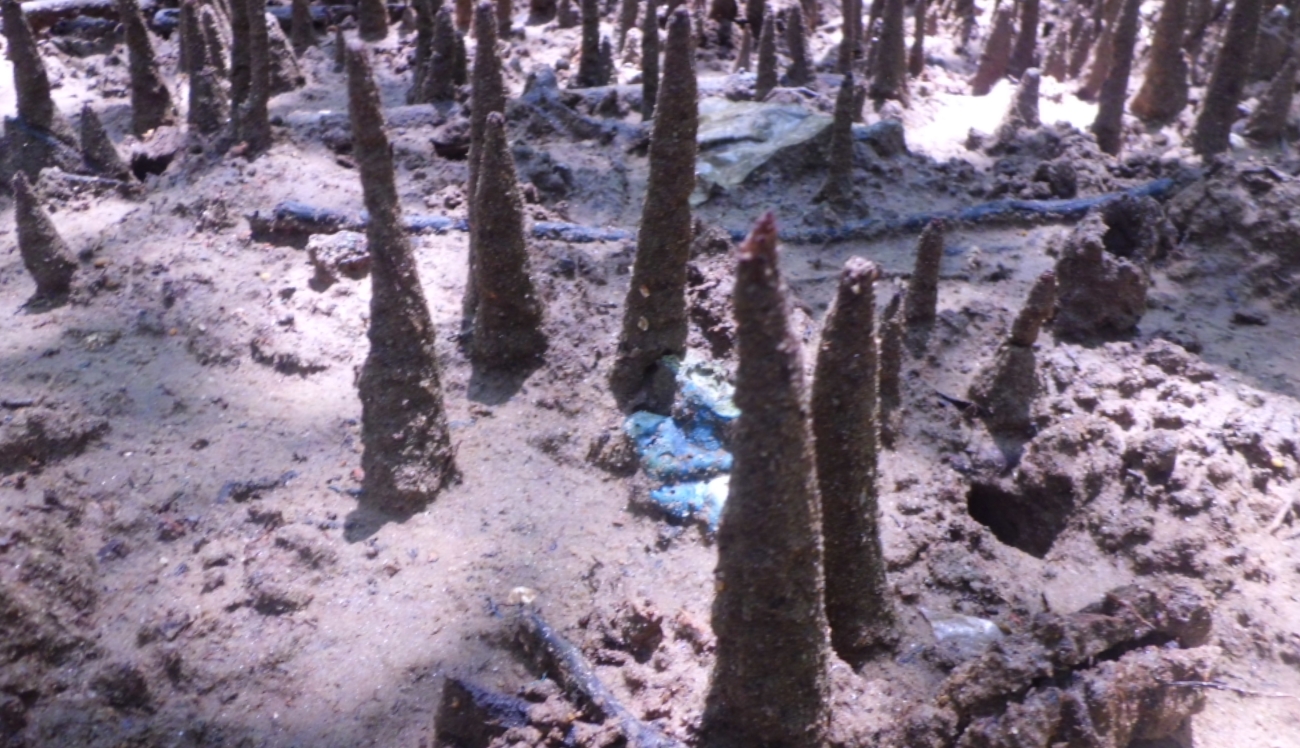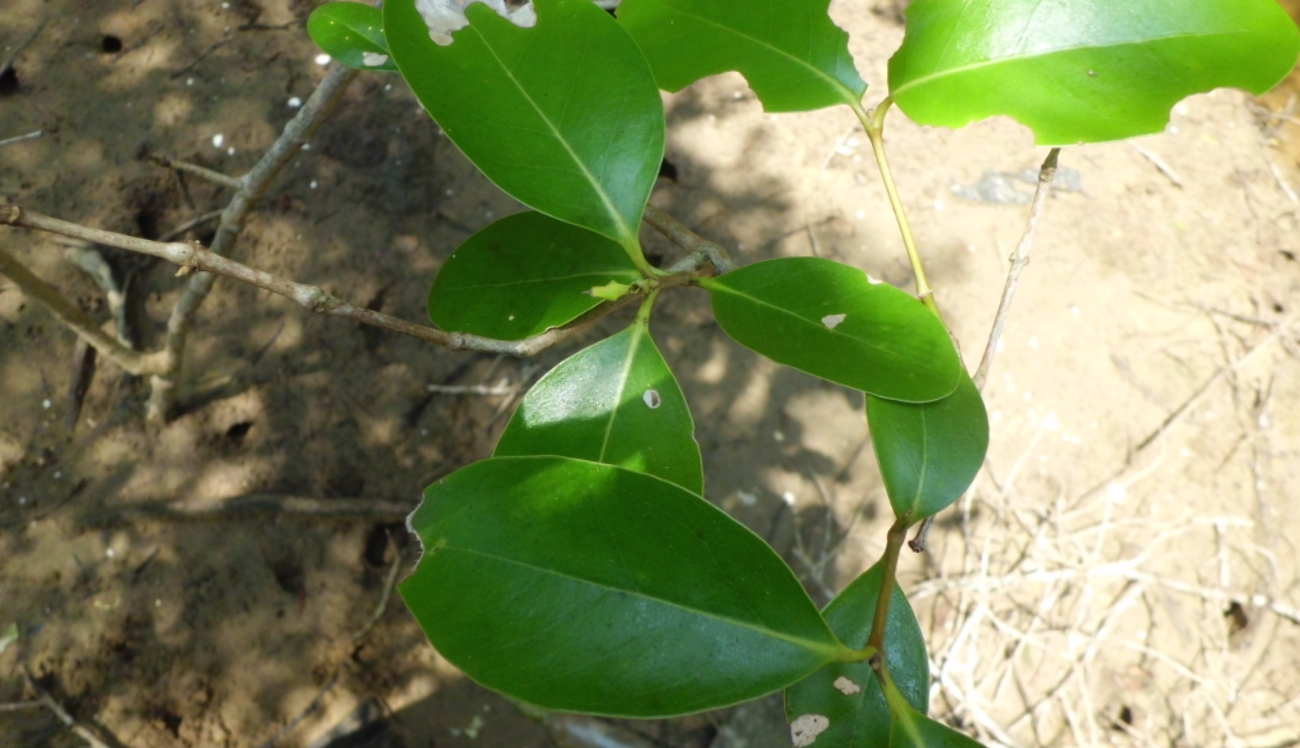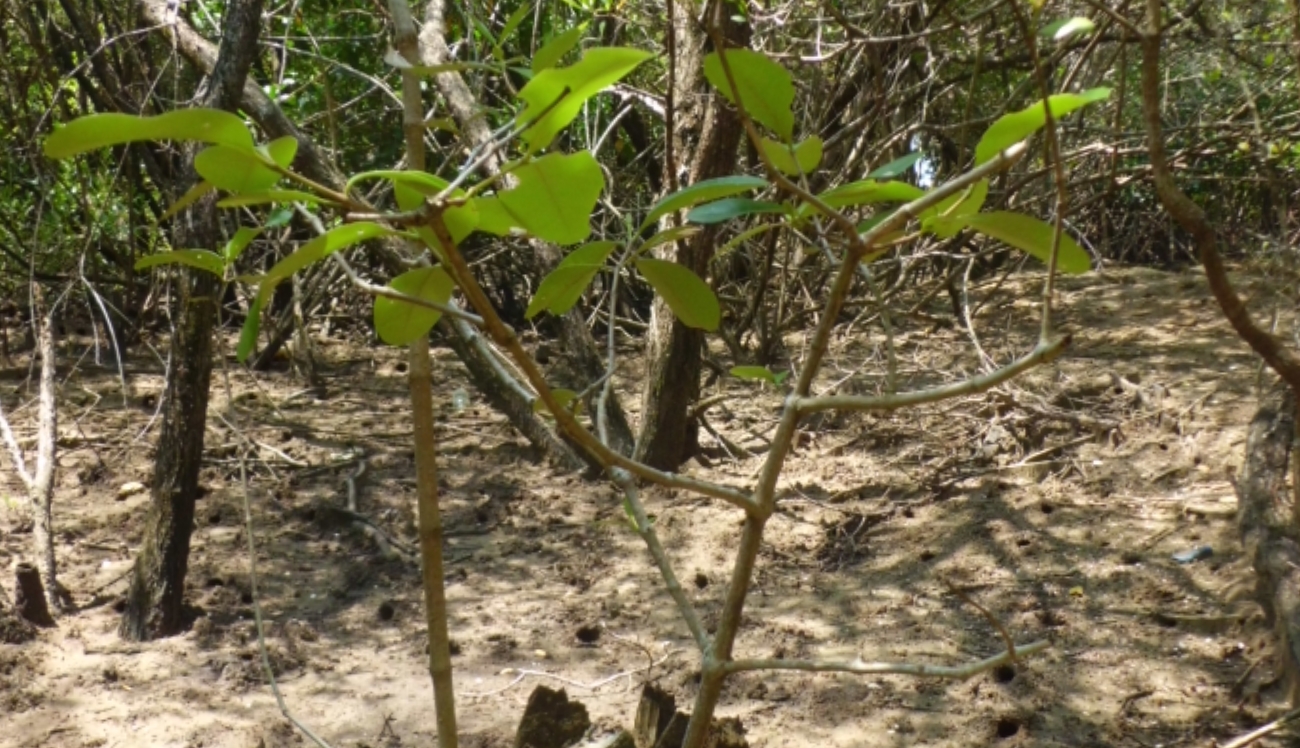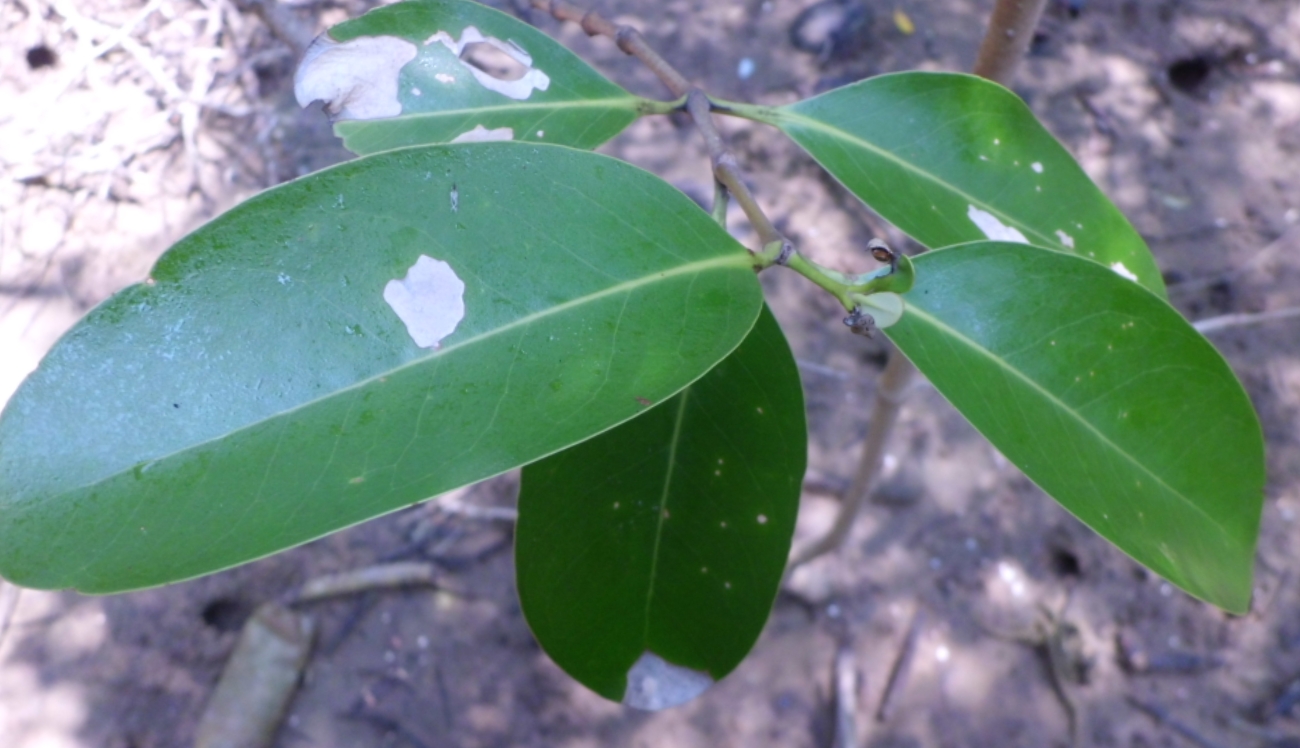




 Quick Facts
Quick Facts
 common name :
Manda, Kanna, Upatha,Indian mangrove
common name :
Manda, Kanna, Upatha,Indian mangrove
 Scientific Name :
Avicennia officinalis
Scientific Name :
Avicennia officinalis
 Kingdom :
Plantae}
Kingdom :
Plantae}
 Clade :
Tracheophytes Angiosperms Eudicots Asterids
Clade :
Tracheophytes Angiosperms Eudicots Asterids
 Order :
Lamiales
Order :
Lamiales
 Family :
Acanthaceae
Family :
Acanthaceae
 Genus :
Avicennia
Genus :
Avicennia
 Species :
A. officinalis
Species :
A. officinalis
 Conservation Status :
3
Conservation Status :
3
 Type of Mangrove :
True mangrove
Type of Mangrove :
True mangrove
 Type of Roots :
pencil like pneumatophores
Type of Roots :
pencil like pneumatophores
 General Characters
General Characters
Tree or shrub, Tree to 12m tall, sometimes 22m. Bark is smooth, with lenticels, light coloured and not fissured
 Other Characters
Other Characters
Tree well branched, Smooth brownish brown bark Distribution : prefer low salinity. Found in lagoon fringing mangals away from the lagoon mouth.
 Features of Flower
Features of Flower
Inflorescence : umbel or a panicle, terminal and in the axils of the uppermost leaves. Petals:4, Yellow colour Calyx: 5 lobed Size : diameter 6-8cm, zygomorphic, sessile flowers in compact heads, 4 stamens. Larger than A. marina. Seed type: Crypto viviparous
 Features of Fruits
Features of Fruits
Size: 2.5-3cm long,2-2.5cm widt Colour: pericarp greenish yellow Surface: densely hairy, wrinkled, broadly ovoid, beaked or heart shape.
 Leaf Arrangment
Leaf Arrangment
Simple, opposite, Above – dark green Beneath – whitish yellow Blade: obovate or broadly oblong Apex: rounded Size: 4-12cm long (posses salt glands) Dark green shiny above, slightly hairy beneath, edges slightly curved down, possesses salt glands.
 Distribution
Distribution
Prefer low salinities.Mainly found in lagoon fringing mangals away from the lagoon mouth
 Range
Range
Coasts of tropical Asia from Pakistan through to the Philippines and Australia.
 Type of Roots
Type of Roots
pencil like pneumatophores
 IUCN Red List Status
IUCN Red List Status
